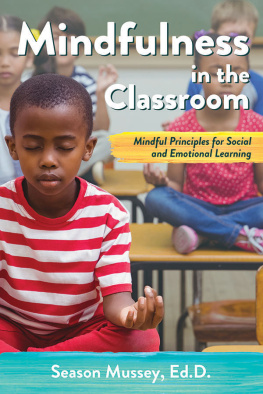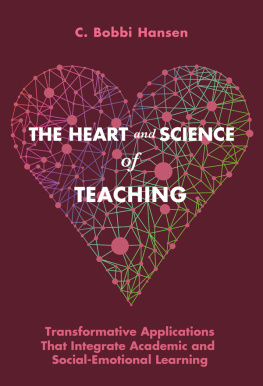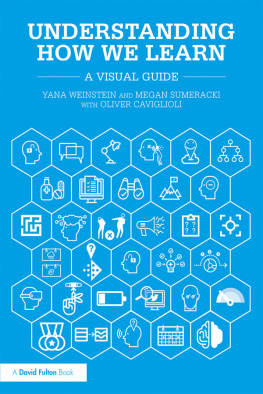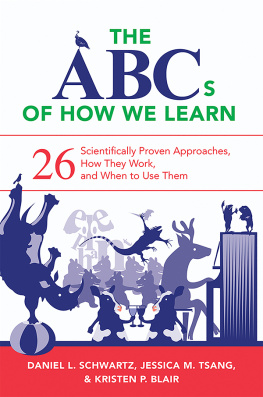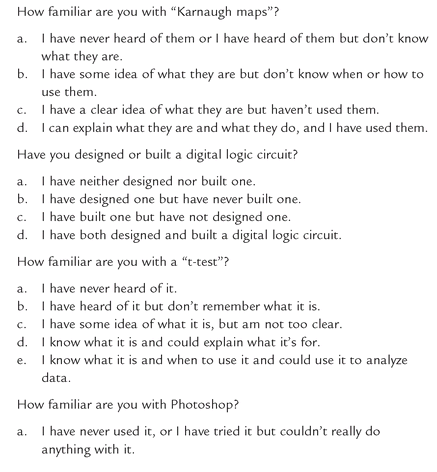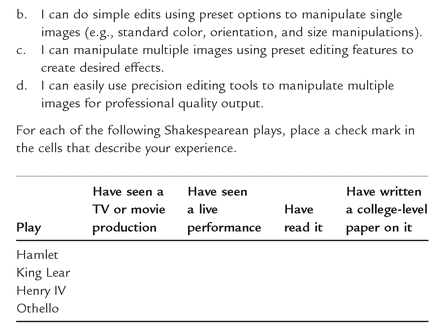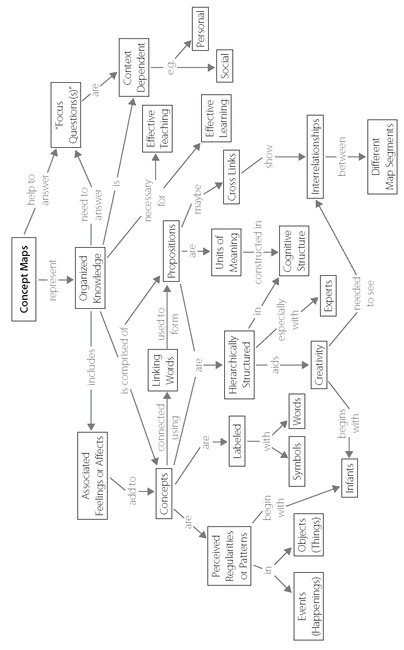ACKNOWLEDGMENT
Writing this book was a significant undertaking, which we would not have been able to complete without the help of many friends and colleagues. Although many faculty colleagues across disciplines and institutions have found these principles helpful and encouraged us to publish them, it was Rich Mayer who, after seeing a presentation of our learning principles, convinced us to share them with the larger education community. Little did he know that his encouragement would lead to more work for him! We are thrilled and grateful to Rich for writing the Foreword to this book.
We are forever in debt to Judy Brooks, our talented graphic designer, who cheerfully endured our endless wordsmithing, listening carefully, and asking insightful questions, in order to help us put our ideas into images for the figures in this book. Judy, we salute you! We also cannot express enough thanks to Hilary Franklin, a Ph.D. student working with us, who read every chapter with her characteristic precision and intelligence and provided invaluable feedback that forced us to recognize and address our own expert blind spots. Aimee Kane joined our group late in the writing process, and yet we cannot imagine how we functioned before she became our colleague. Her thoughtful and reflective responses to the chapters added a fresh and indispensable perspective and left an indelible mark on the finished product. We were also extremely lucky to have had the help of our former colleague Anne Fay throughout the early phases of planning and writing the book. Her ability to remember and access every research study she has ever read was truly awe inspiring. In addition, our internal editor, Lisa Ritter, applied her exacting standards and patience to the job of copy editing the manuscript, thus freeing us to continue revising ad infinitum; we thank her for a job well done.
We are also thankful for an outstanding set of colleagues, both at Carnegie Mellon and at other universities in the United States and abroad, who were willing to take time from their busy schedules to read and provide insightful feedback on different chapters. These colleagues include Vincent Aleven, Ryan Baker, Rebecca Freeland, Scott Kauffman, Edmund Ko, Ken Koedinger, Norma Ming, Matt Ouellett, Ido Roll, and Christian Schunn.
Finally, we would never have embarked upon this endeavor in the first place if it were not for the thousands of faculty members and graduate students with whom we have worked over the years. We are humbled by your ongoing dedication to your students and by your willingness to share your stories and experiences, open up your courses to us, and reflect thoughtfully on and refine your teaching practice. We continue to learn and benefit from our interactions with you, and we hope this book provides something useful in return.
APPENDIX A
What Is Student Self-Assessment and How Can We Use It?
One way to gather feedback on students prior knowledge and skills is to ask them to assess their own level of knowledge or skill. The objective is to get an idea of the range of abilities and experience of the class as a whole, not to evaluate individuals. Questions can focus on knowledge, skills, or experiences that you assume students have acquired and are prerequisites to your course, things that you believe are valuable to know but not essential, and topics and skills that you plan to address in the course. Students responses to such questions can help you calibrate your course appropriately or help you direct students to supplemental materials that will help them fill in gaps or weaknesses in their existing skill or knowledge base that may hinder their progress. The questions also help students focus on the most important knowledge and skills addressed by your course and access information from prior courses or experiences that apply to your course.
The advantage of a self-assessment instrument is that it is relatively easy to construct and score and, because it can be administered anonymously, it is low-anxiety for the student. The weakness of the method is that students may not be able to accurately assess their abilities. Generally, people tend to overestimate their knowledge and skills. However, accuracy improves when the response options are clear and tied to specific concepts or behaviors that students can reflect on or even mentally simulate, such as being able to define a term, explain a concept, or recall specific kinds and qualities of experience, such as building or writing or performing in a specific context.
presents some examples of questions and response items.
. Sample Self-Assessments
APPENDIX B
What Are Concept Maps and How Can We Use Them?
Concept maps are graphical tools for organizing and representing knowledge (Novak & Caas, 2008). They are drawn as nodes and links in a network structure in which nodes represent concepts, usually enclosed in circles or boxes, and links represent relationships, usually indicated by lines drawn between two associate nodes. Words on the line, referred to as linking words or linking phrases, specify the relationship between the two concepts.
Both your students and you can benefit from the construction of concept maps. You can ask students to draw concept maps to get insight into what they already know and how they represent their knowledge. You can then use that information to direct your teaching. You can also use concept maps to see students developing understanding and knowledge over time. For example, you can have students create maps several times throughout a course (at the beginning, middle, and end of the course), compare and contrast earlier and later maps, and discuss how their understanding of the course material has changed over the semester.
It is best for students to construct concept maps with reference to some particular question they seek to answer, which is called a focus question. The concept map may pertain to some situation or event that we are trying to understand through the organization of knowledge in the form of a concept map, thus providing the context for the concept map. For example, you could ask students to answer the question What are the reasons for the 2008-2009 financial crisis? via a concept map.
Sample Concept Map
Reproduced from Novak, J. D., & Caas, A. J. (2008), The Theory Underlying Concept Maps and How to Construct Them. (Technical Report IHMC CmapTools 2006-01). Pensacola, FL: Institute for Human and Machine Cognition. Retrieved March 26, 2009, from http://cmap.ihm.us/Publications/ResearchPapers/TheoryUnderlyingConceptMaps.pdf.
For an example of a concept map that visually addresses the question What are concept maps? see . For more information on how to create and use concept maps, see Novak (1998).
APPENDIX C
What Are Rubrics and How Can We Use Them?
Arubric is a scoring tool that explicitly represents the instructors performance expectations for an assignment or piece of work. A rubric divides the assigned work into component parts and provides clear descriptions of different levels of quality associated with each component. Rubrics can be used for a wide array of assignments: papers, projects, oral presentations, artistic performances, group projects, and so on. Rubrics can be used as scoring or grading guides, and to provide formative feedback to support and guide ongoing learning efforts.


